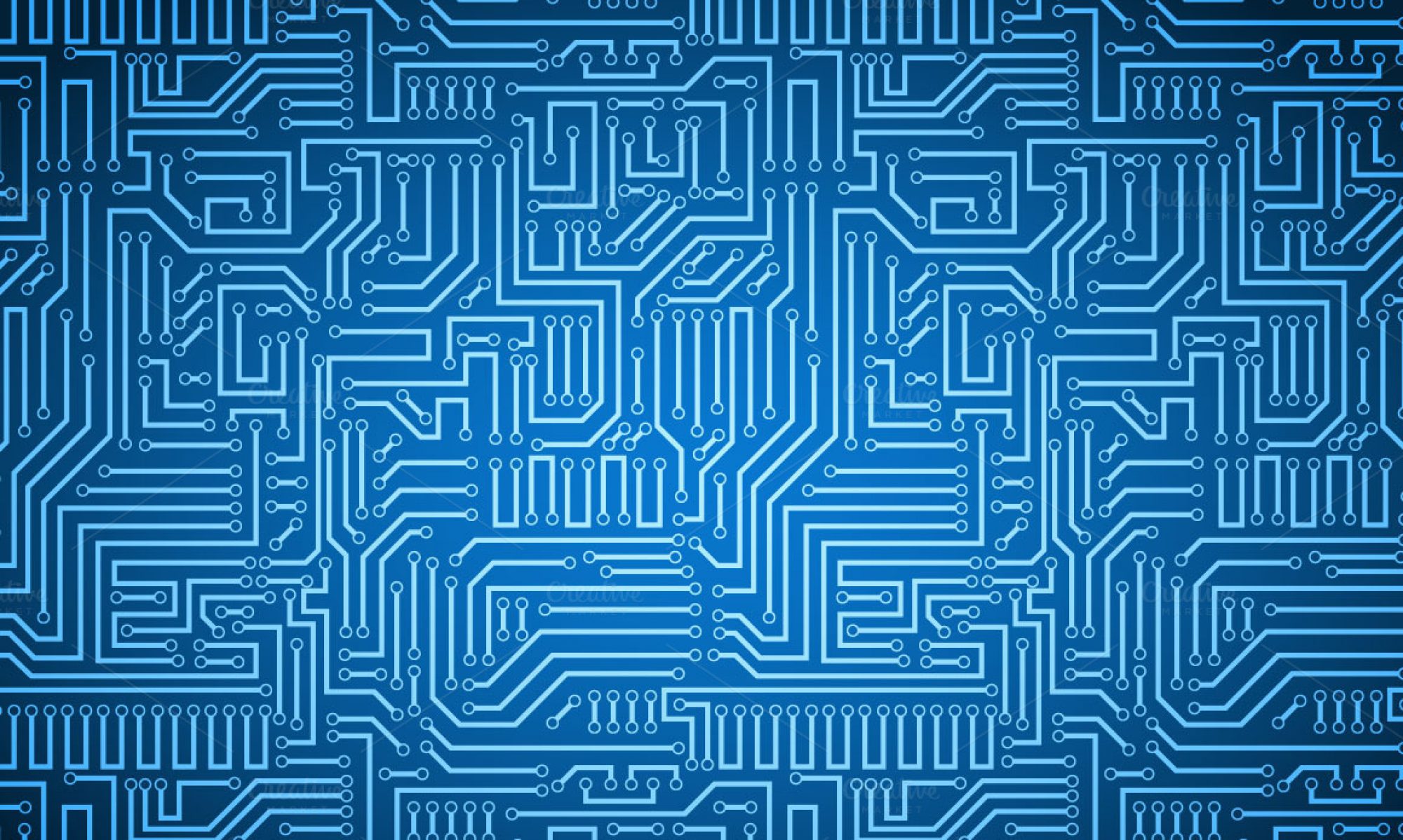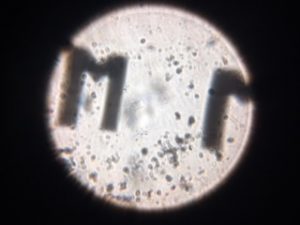Our foldscope research is an extension of research completed this summer and during the 17/18 school year in Professor Ganapati’s lab. Using a neural network trained on low resolution input data and corresponding high resolution FPM reconstructions, we simultaneously optimize the illumination pattern and reconstruction algorithm.
The neural network identifies a single LED pattern to encode as much information about the sample as possible into one low resolution input image. By restricting our samples to a fixed type, we are able to significantly reduce the information requirements for reconstruction, making single-image reconstruction possible. The optimized reconstruction is also non-iterative, further improving temporal resolution.
For any given sample type, after training, we are able to generate a high resolution reconstruction from a single low resolution input image. We now aim to apply this technique with the foldscope to create an extremely low cost microscope capable of single image super-resolution microscopy.
Preprints:
“Optimal Physical Preprocessing for Example-Based Super-Resolution“
“Illumination Pattern Design with Deep Learning for Single-Shot Fourier Ptychographic Microscopy“

